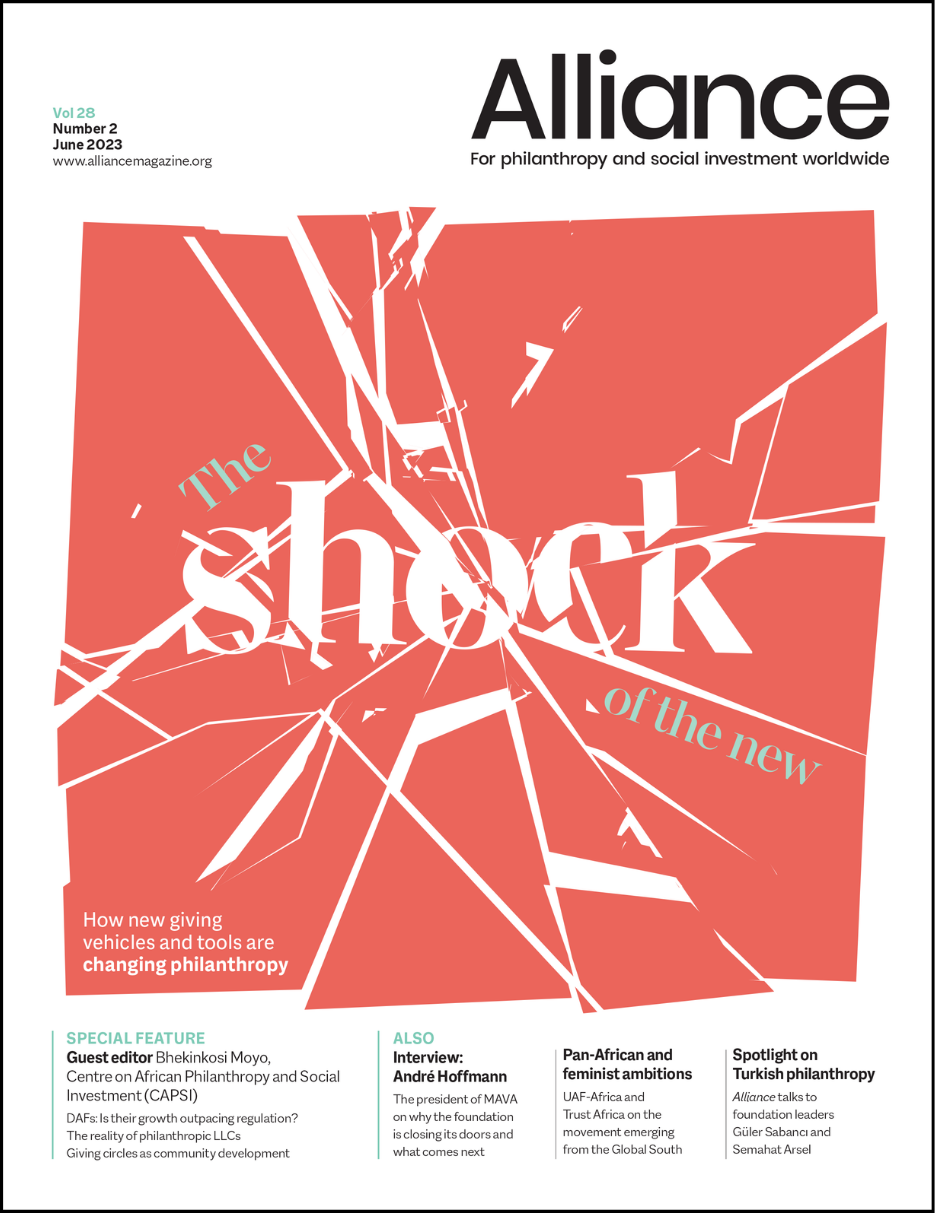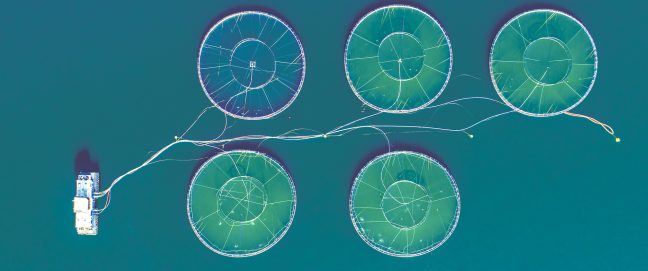DAFs have a valuable contribution to make to giving in the Asia-Pacific
Donor advised funds (DAFs) have been under the spotlight with some calling them a form of ‘zombie’ philanthropy. What exactly is a DAF? In a DAF, the donor transfers money or other assets to another entity called the sponsoring organisation; while the sponsor legally owns the assets and formally makes decisions, in practice the donor is given a huge say in determining when and how the fund is disbursed. Typically, the sponsoring organisation will provide advisory services to the donor. The main criticism is that donors enjoy immediate tax breaks while sitting on large sums of money which are not disbursed in a timely manner. In the US, there is a prominent movement for regulation mandating DAFs to pay out a certain percentage annually or for a maximum time period within which a DAF donation must be distributed. There are also recent concerns that DAFs are used as ‘dark money’ tools for political advocacy donations in the US without the need for the same level of disclosure as other giving vehicles, such as private foundations.
The main criticism is that donors enjoy immediate tax breaks while sitting on large sums of money which are not disbursed in a timely manner.
However, these criticisms obscure the fact that DAFs also bring a number of benefits. In particular, establishing a DAF is administratively simpler and less costly than establishing a giving vehicle like a private foundation. Further, because DAF sponsoring organisations enable multiple donors to establish DAFs, there are potential benefits of scale and build-up of administrative expertise (compared with many private foundations). This can, for instance, reduce transaction costs for converting non-cash assets into cash and make compliance action easier for regulators who need only deal with a smaller pool of sponsoring organisations. Accordingly, we believe that DAFs, with proper regulatory oversight, have the potential to do good in the Asia-Pacific region where there are so many underfunded needs. In Asia, DAFs have existed in Japan, South Korea, and Singapore in the form of community foundations like the Osaka Community Foundation, the Beautiful Foundation in South Korea and the Community Foundation of Singapore. Interestingly, the Gates Foundation has funded the formation of Asia Community Foundation which, from September 2023, will start encouraging purposeful philanthropy and cross-border giving in Asia. Other DAFs that exist in Asia include UBS’s recently launched DAF sponsors in Singapore and Hong Kong, Credit Suisse’s SymAsia Foundation based in Singapore and DAF (Donor Advised Fund) Charity established in Shenzhen. In Australia, most DAFs exist within public ancillary funds that take the form of community foundations, affiliates of professional trustee companies or the fundraising arm of large charities such as universities or health organisations.
Subscribe now from only £45 a year!
This article is only available for our subscribers
Existing users can login here


